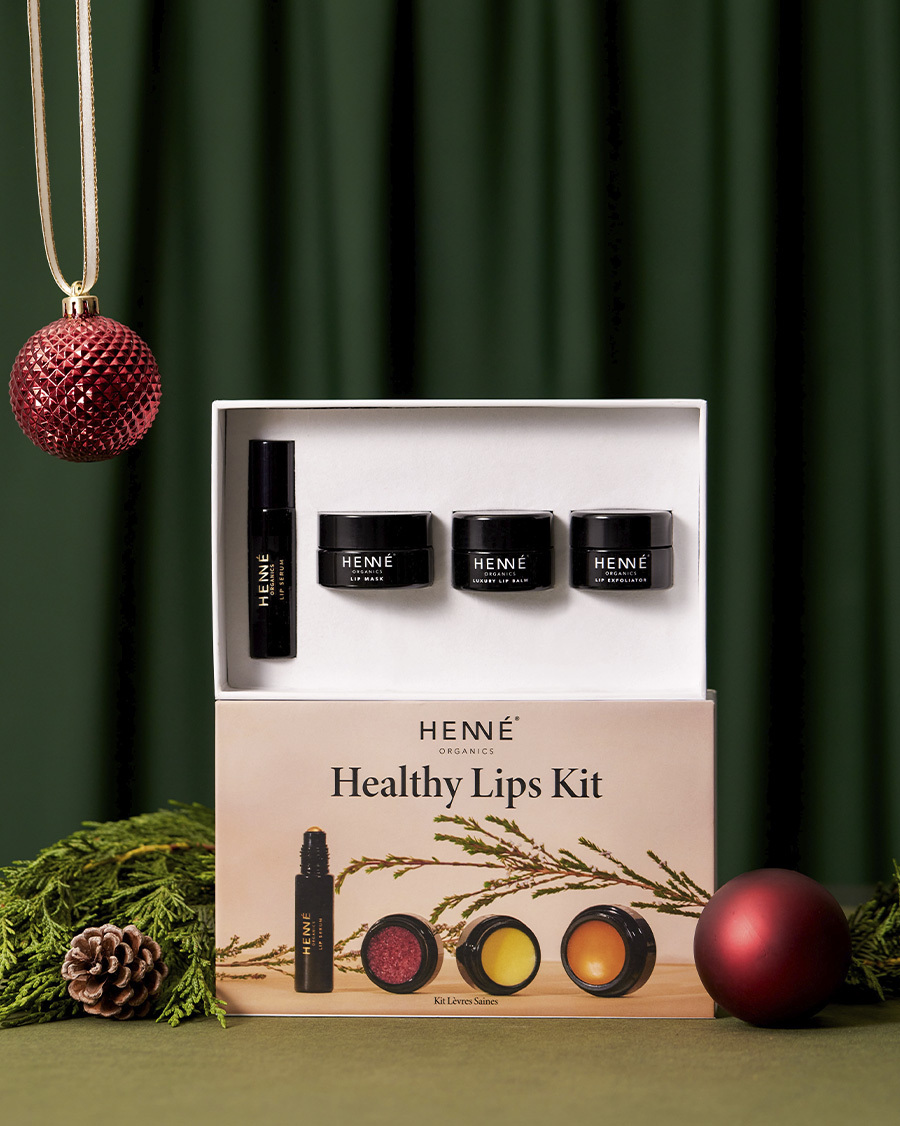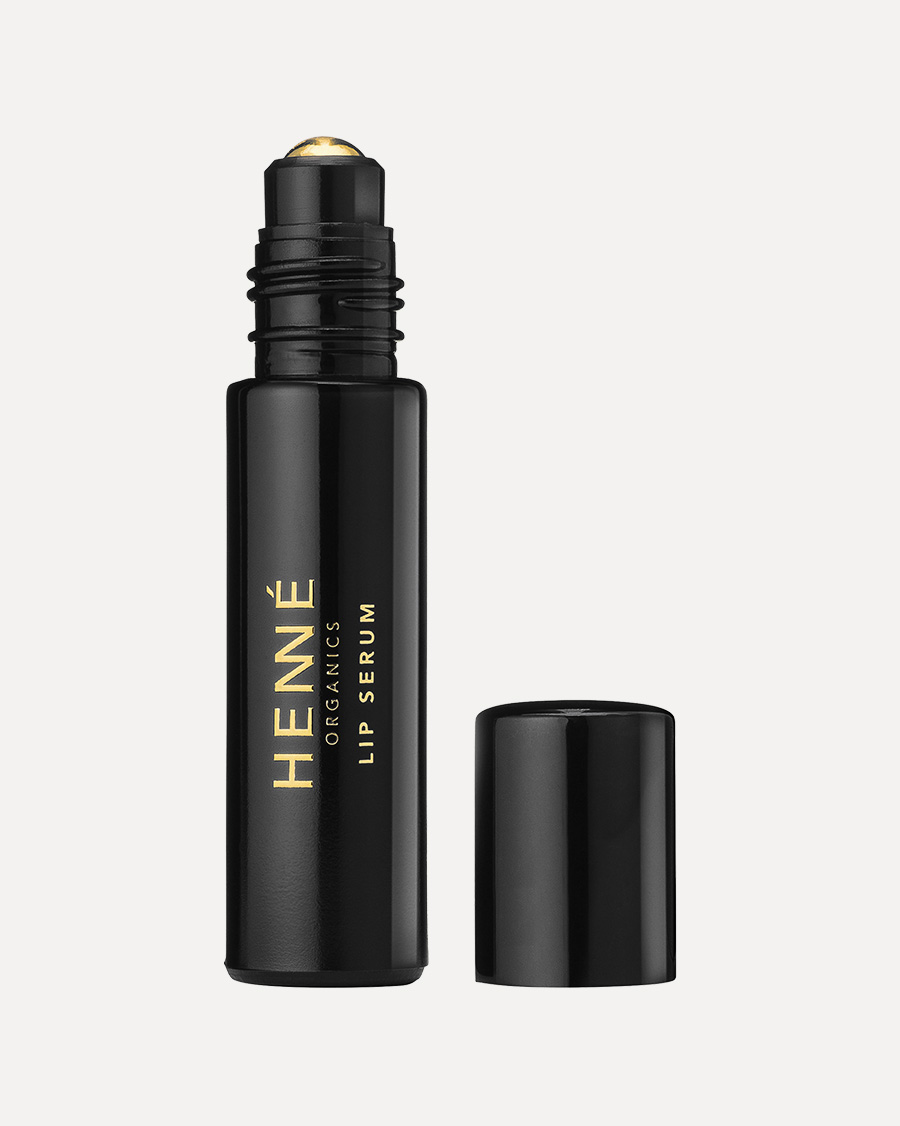Edelweiss Extract and the Power of the Alpine Star
Edelweiss (pronounced ay-duhl-vise) is a relatively unknown flower - and word for that matter - in North America. For some of us, the word might sound vaguely familiar, probably thanks to the popularity of The Sound of Music. Aficionados of the musical film will recall the scene where Captain von Trapp plays the guitar and sings “Edelweiss” together with his children. The Sound of Music aside, there’s so much more to edelweiss and the extraordinary elixir extracted from its white flowers.
A part of the Asteraceae daisy/sunflower family, edelweiss (botanical name: leontopodium nivale) is a perennial flowering plant that primarily grows in mountainous regions in Europe, such as the Alps, Pyrenees and Carpathians. Also known as ‘queen flower’, ‘wool flower’ and ‘alpine star’, this delicate plant prefers a steep altitude of 1,800-3,400 meters (5,900-11,100 feet) and usually blooms from July to September.

While edelweiss flowers are widely regarded and beloved in Europe, they actually originated in the Siberia and the Himalayas, reaching Europe sometime during the Ice Age. You might be wondering, if edelweiss originated in the Himalayas, why is it so highly revered in Europe? A blend of medicine, myths and magic.
Edelweiss was widely used in European folk medicine for centuries for abdominal ailments, respiratory illnesses, heart diseases, and more. Farmers also used extracts from edelweiss to treat sick livestock. While the height of edelweiss’ medicinal has been in the past, it is still used in traditional medicine today and in recent years has started to gain traction in the modern scientific and medical field, as new studies are confirming the strong antibacterial and anti-inflammatory benefits of edelweiss.
Next are the myths and legends surrounding the infamous edelweiss. One of the most famous legends is that of the Snow Queen, a beautiful fairy queen who lived high up in the Alps and was pursued by many suitors who she coldly rejected, as she was said to have a heart of ice. One day the queen met a mere mortal shepherd and fell in love. Her overzealous subjects were jealous of this and threw the shepherd down to a valley where he was crushed to death. The queen’s heart melted and she shed a tear, which became known as the edelweiss flower.

This legend and others turned the edelweiss flower into a symbol of courage, love and honor. By the 19th century, quite a few young men foolishly attempted to climb the treacherously high mountains in search of an edelweiss flower to bring back down as a proclamation of their love. It goes without saying, but ladies (and especially) gents, don’t try that part at home. There are far better and safer ways to woo someone, although with how many people are in the world, we wouldn’t be surprised if there’s somebody out there attempting that exact feat as we’re typing up this blog post.

Edelweiss was also believed to hold magical powers. For example, certain village residents in Austria strongly believed that using the incense of edelweiss could ward off evil spirits. Others believed the use of edelweiss would bring prosperity and wealth.

Now that we’ve covered a brief history of the mystical edelweiss plant, let’s move on to edelweiss extract and why we chose it as the primary hero ingredient in our Henné Serene Face Oil. We wanted the Serene formula to be so gentle that anyone could use it, whether they have sensitive or acne prone skin or are pregnant or breastfeeding. Just because Serene is gentle on the skin doesn’t mean it lacks efficacy though; far from it…and edelweiss extract plays a big role in this.
Below are just a handful of skincare benefits of the astounding benefits of this precious extract that comes from the small yet mighty edelweiss flowers:
○ Produces its own antioxidant and DNA-protecting agent called leontopodic acid to protect itself from harsh, high altitude climates. This contains higher levels of antioxidants than α-Tocopherol (a form of vitamin E), which bolsters and thickens the skin’s protective barrier, helps eliminate free radicals that cause premature aging and reduces the appearance of wrinkles.
○ Contains more than twice the antioxidant power of vitamin C, which protects the skin from UV rays and sun damage.
○ Phytochemicals in edelweiss such as chlorogenic acid, luteolin and beta-sitosterol soothe and hydrate the skin.
○ Anti-inflammatory and antibacterial properties greatly reduce skin inflammation and protect it from infections.
○ Helps skin retain its moisture while also balancing the skin (to prevent dryness and excessive oil production).
○ Gentle enough to use on sensitive skin.
While edelweiss has remained a popular flower and symbol in many European countries, it is also starting to receive the recognition and appreciation it deserves in the beauty and skincare space. We here at Henné may not have climbed the Swiss Alps to discover edelweiss, but we did search far and wide for a star ingredient that would be extra gentle and soothing on the skin while also providing anti-aging benefits, and what better ingredient than the Alpine star itself?

EXPLORE SERENE
Disclaimer: These statements have not been evaluated or approved by the Food and Drug Administration.
A part of the Asteraceae daisy/sunflower family, edelweiss (botanical name: leontopodium nivale) is a perennial flowering plant that primarily grows in mountainous regions in Europe, such as the Alps, Pyrenees and Carpathians. Also known as ‘queen flower’, ‘wool flower’ and ‘alpine star’, this delicate plant prefers a steep altitude of 1,800-3,400 meters (5,900-11,100 feet) and usually blooms from July to September.
A Brief History of Edelweiss

While edelweiss flowers are widely regarded and beloved in Europe, they actually originated in the Siberia and the Himalayas, reaching Europe sometime during the Ice Age. You might be wondering, if edelweiss originated in the Himalayas, why is it so highly revered in Europe? A blend of medicine, myths and magic.
Edelweiss was widely used in European folk medicine for centuries for abdominal ailments, respiratory illnesses, heart diseases, and more. Farmers also used extracts from edelweiss to treat sick livestock. While the height of edelweiss’ medicinal has been in the past, it is still used in traditional medicine today and in recent years has started to gain traction in the modern scientific and medical field, as new studies are confirming the strong antibacterial and anti-inflammatory benefits of edelweiss.
Next are the myths and legends surrounding the infamous edelweiss. One of the most famous legends is that of the Snow Queen, a beautiful fairy queen who lived high up in the Alps and was pursued by many suitors who she coldly rejected, as she was said to have a heart of ice. One day the queen met a mere mortal shepherd and fell in love. Her overzealous subjects were jealous of this and threw the shepherd down to a valley where he was crushed to death. The queen’s heart melted and she shed a tear, which became known as the edelweiss flower.

This legend and others turned the edelweiss flower into a symbol of courage, love and honor. By the 19th century, quite a few young men foolishly attempted to climb the treacherously high mountains in search of an edelweiss flower to bring back down as a proclamation of their love. It goes without saying, but ladies (and especially) gents, don’t try that part at home. There are far better and safer ways to woo someone, although with how many people are in the world, we wouldn’t be surprised if there’s somebody out there attempting that exact feat as we’re typing up this blog post.

Edelweiss was also believed to hold magical powers. For example, certain village residents in Austria strongly believed that using the incense of edelweiss could ward off evil spirits. Others believed the use of edelweiss would bring prosperity and wealth.
Skin Benefits of Edelweiss Extract

Now that we’ve covered a brief history of the mystical edelweiss plant, let’s move on to edelweiss extract and why we chose it as the primary hero ingredient in our Henné Serene Face Oil. We wanted the Serene formula to be so gentle that anyone could use it, whether they have sensitive or acne prone skin or are pregnant or breastfeeding. Just because Serene is gentle on the skin doesn’t mean it lacks efficacy though; far from it…and edelweiss extract plays a big role in this.
Below are just a handful of skincare benefits of the astounding benefits of this precious extract that comes from the small yet mighty edelweiss flowers:
○ Produces its own antioxidant and DNA-protecting agent called leontopodic acid to protect itself from harsh, high altitude climates. This contains higher levels of antioxidants than α-Tocopherol (a form of vitamin E), which bolsters and thickens the skin’s protective barrier, helps eliminate free radicals that cause premature aging and reduces the appearance of wrinkles.
○ Contains more than twice the antioxidant power of vitamin C, which protects the skin from UV rays and sun damage.
○ Phytochemicals in edelweiss such as chlorogenic acid, luteolin and beta-sitosterol soothe and hydrate the skin.
○ Anti-inflammatory and antibacterial properties greatly reduce skin inflammation and protect it from infections.
○ Helps skin retain its moisture while also balancing the skin (to prevent dryness and excessive oil production).
○ Gentle enough to use on sensitive skin.
While edelweiss has remained a popular flower and symbol in many European countries, it is also starting to receive the recognition and appreciation it deserves in the beauty and skincare space. We here at Henné may not have climbed the Swiss Alps to discover edelweiss, but we did search far and wide for a star ingredient that would be extra gentle and soothing on the skin while also providing anti-aging benefits, and what better ingredient than the Alpine star itself?

EXPLORE SERENE
Disclaimer: These statements have not been evaluated or approved by the Food and Drug Administration.



